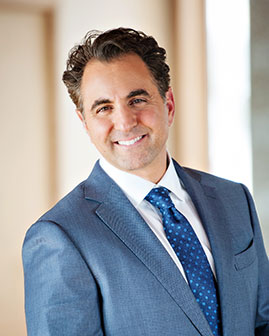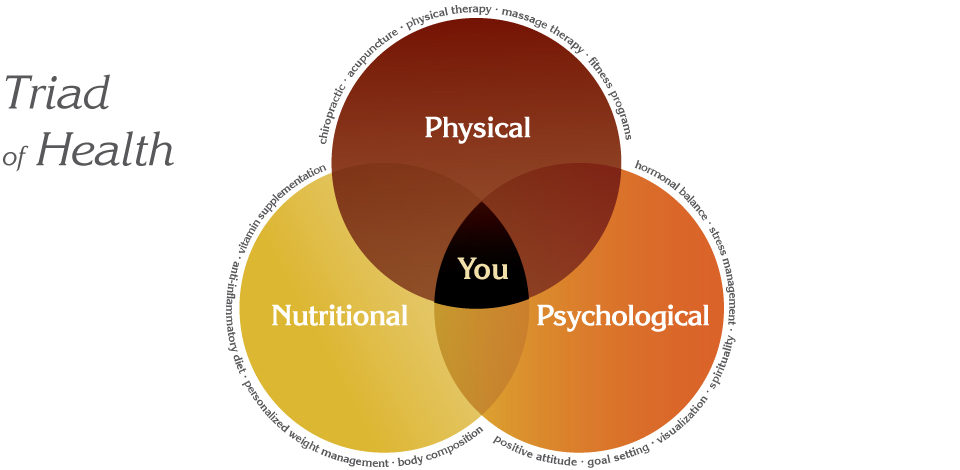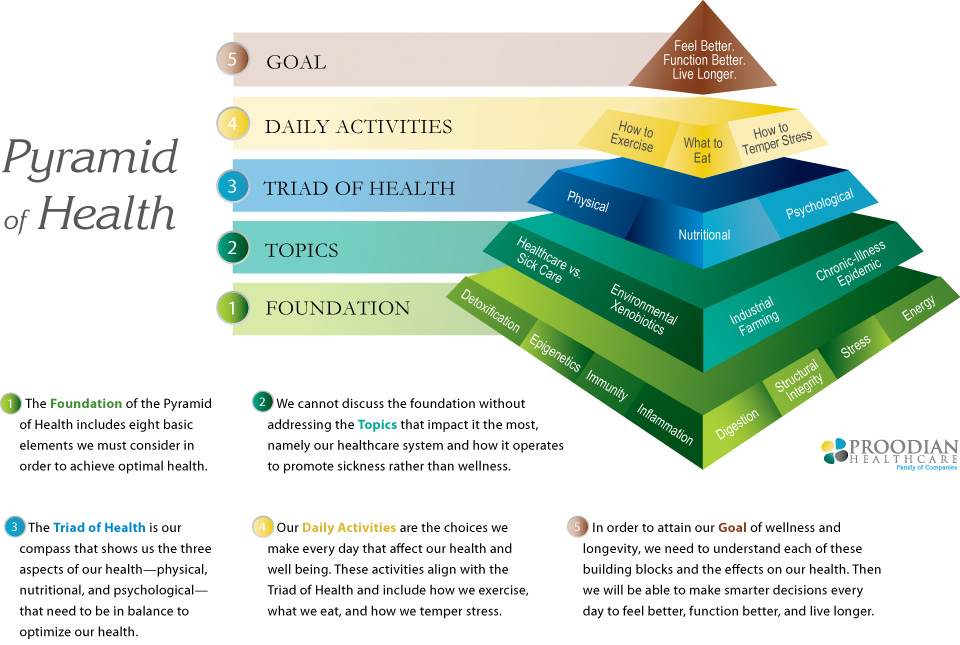The Story of NHC
My mother says it all began when I was 5-years-old, and I brought my friend Katie, who lived around the corner and was sick, a bag of oranges.
Throughout high school and college, healthcare was the only career I was interested in. And it wasn’t just about the sciences. I also wanted to understand the healthcare system, which is why, in addition to completing the premed program, I also received a degree in public health.
While in college, my vision for a truly integrated healthcare center began to take shape. I was sitting in a nutrition class when I began seeing connections between what I was learning in nutrition and exercise science and my other classes, such as biology and chemistry. I remember sketching a picture in my notebook of a building that offered a number of services—what we now call a health and wellness facility.
Later, when I started taking care of patients, “connecting the dots” became the approach I used, looking at an individual as a whole and seeing how different aspects—the physical, nutritional, and psychological—functioned together. This is the basis of the “Triad of Health”— a concept I use to this day to show that in order to achieve true wellness, you have to follow a lifestyle in which all three components are in balance.
I also discovered that I love to teach. I started lecturing at the local gym about nutrition, exercise, stress management, and healthcare. I couldn’t wait to get my hands on an audience so I could share with them not just tips on how to lose weight but also an actual methodology of living life to its fullest by remaining as healthy as possible.
Knee to Knee
At the same time, I was working as an associate chiropractor. From 1994 to 2001, my focus was on patient care and being the best at what I did.
Being with a patient is the greatest honor there is. They are coming to you for your opinion and care. There is something so special about that “knee to knee” experience. I was also doing post-graduate work and learning everything I could about running an office—from computer systems to regulatory law. And I started dating Stacy, and we got married in 1998.
But I always held on to my dream of creating a healthcare center, and in 2003, I got a call from Dr. Dennis Nitto, who offered to sell me his 25-year-old chiropractic practice in Long Branch.
Let’s Go
When I walked into the building in March 2003, my first thought was “this is the place where I will make the notebook doodle a reality.” Sure, I was in debt with a new baby, three children under the age of 5, and a wife recovering from a C-section. And no one knew who I was. I had never stepped foot in the West End section in my life. But I took a deep breath and said, “Let’s go.”
As Dr. Nitto’s patients slowly became my patients, I started creating for them the environment I had envisioned. My weekends were spent ripping down sheet rock and working with contractors. We completely renovated the first and second floors with new hardwood floors and paint. I put in all new computers and updated the chiropractic equipment.
That first year, something incredible happened. My patients also started to see the vision and wanted to get involved. They would poke their heads in to see how the renovations were coming along and kept telling me how grateful they were.
West End was a miracle for me. It instantly became my home.
And I have to say I am blessed to have the greatest patient base. Their appreciation is what fueled me to keep going.
The Vision
In December 2003, Brian Sheerin came on board. Brian is a licensed massage therapist, and I had this idea that all patients coming in for a chiropractic treatment should receive massage therapy as part of their treatment (a practice we continue to this day).
Building on my “Triad of Health,” I started introducing other services one by one—physical therapy, fitness programs, clinical nutrition with Dr. Oscar Coetzee, acupuncture—until we offered all of the services I had envisioned.
I made it my mission to bring on board the absolute best clinicians for their chosen fields.

Patient & Community Service
But none of these pieces could fit together without our patient base. And that’s why the most important function of NHC is patient service. I wanted patients to have an experience of the highest value. We expect that at a fancy restaurant or Neiman Marcus but not at a doctor’s office, but we should.
My love for my patients has also motivated me to give back to the community. From day one, we’ve had a Community Relations department. Since those early days, I’ve continued to speak to groups on a wide range of health-related topics—nutrition, fatigue, fitness, stress management.
In 2005, I created Wellness at Work and was speaking for free 65 to 70 times a year in Monmouth County to such organizations as K. Hovnanian Homes, Fort Monmouth, Smith Barney, The Asbury Park Press, Monmouth University, IFF, and Brookdale Community College.
Wellness at Work has given me the opportunity to impact thousands of people at hundreds of organizations.
It’s just incredible how this organic, grass-roots initiative is growing into a national movement dedicated to educating us not only on how we can take better care of ourselves and our families but also on how we can tackle the healthcare crisis in our country.
A Proactive Approach
Through Wellness at Work, I hope to share with others how we’ve successfully created an integrated healthcare facility that takes a proactive approach by focusing on disease prevention and identifying the underlying causes of acute and chronic illness.
We also work directly with the medical community, not against it. NHC prides itself on utilizing protocols and treatment methodologies that many MDs recognize and want their patients to experience. We continue to see many referrals from the medical field based on our attitude toward healthcare and the science behind the treatment.
It’s my hope that NHC can become a blueprint for other centers and practitioners. It’s a model for reducing healthcare costs, avoiding unnecessary surgeries, and improving and optimizing our quality of life.
Most people do not realize there is hope in the reversal and treatment of many types of illness. But there is. All it requires is a plan of action.
What you see here today is even greater than I had envisioned back in my nutrition class, and I am so grateful for the people—my family, my colleagues, and my patients—who surround and inspire me every day.



